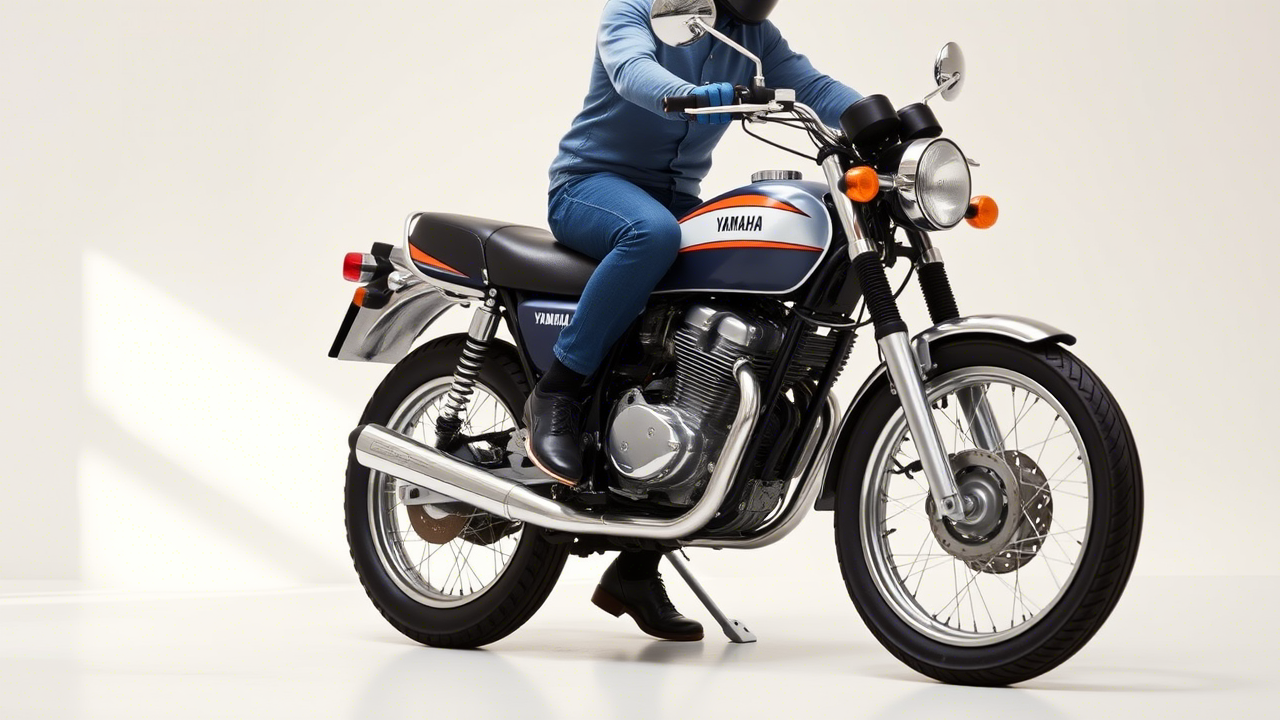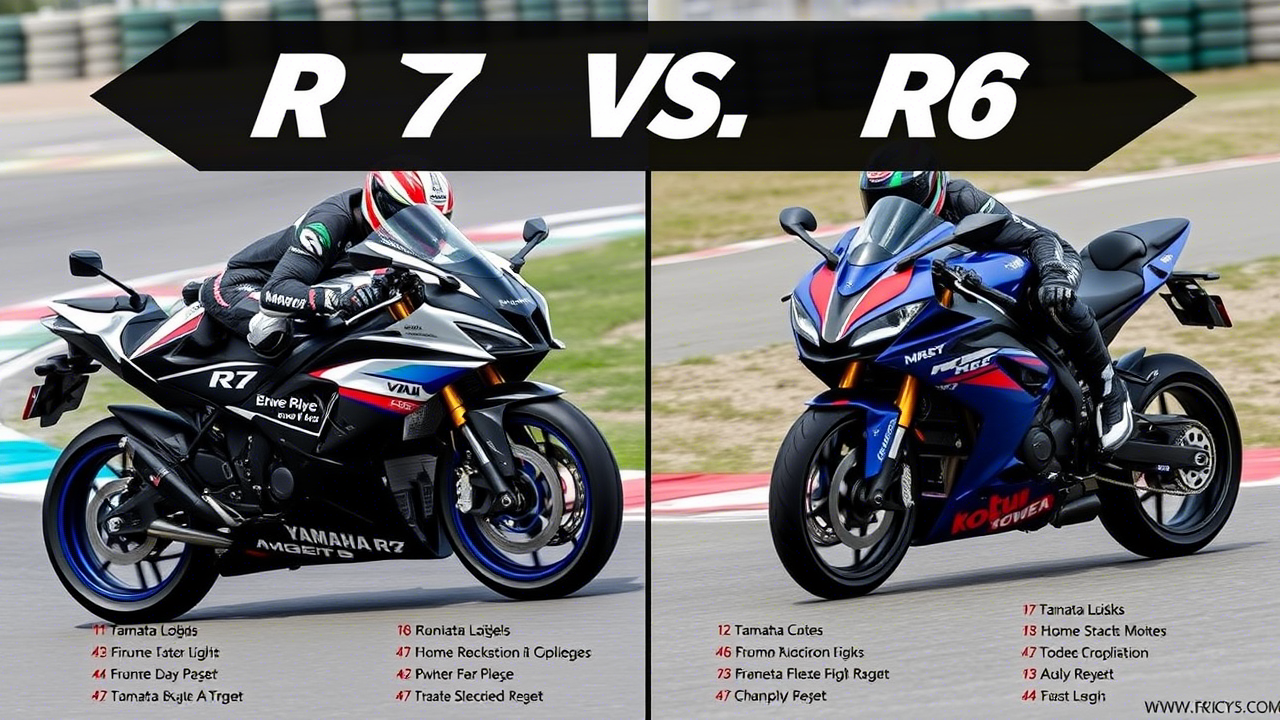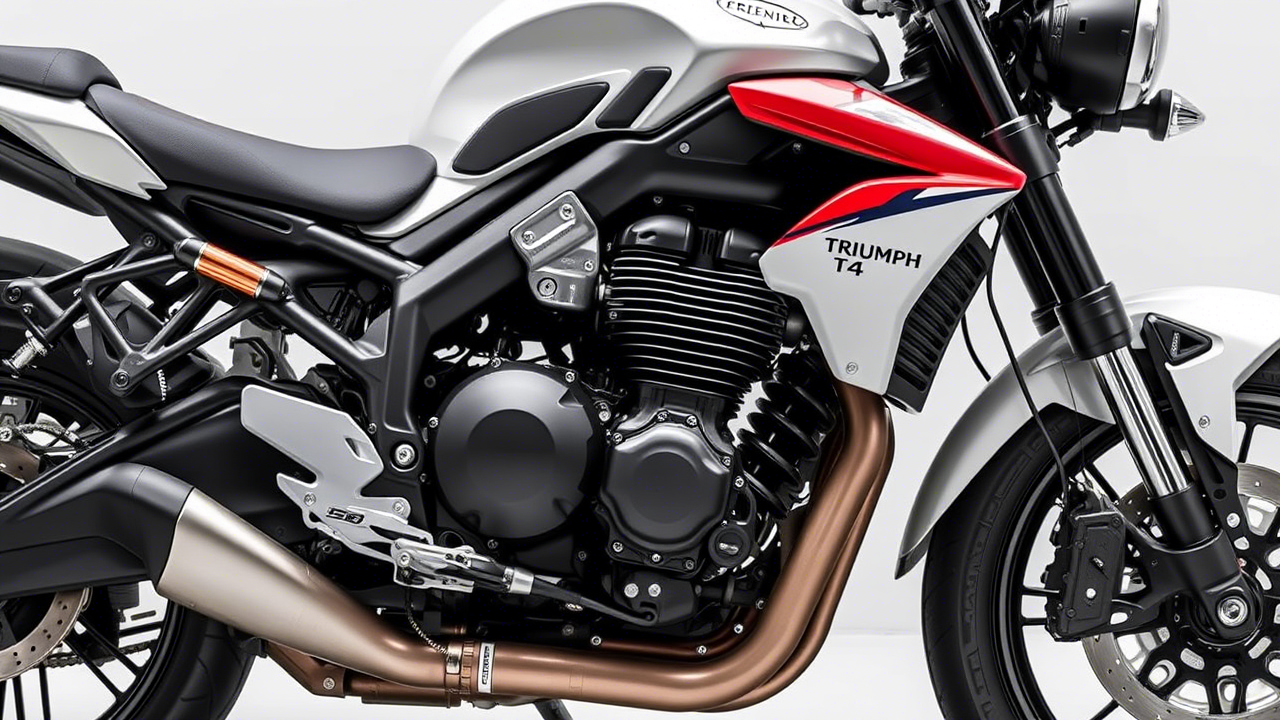The Yamaha RX100 is not just a motorcycle—it’s a legend. Decades after it was discontinued, the RX100 still holds a special place in the hearts of bike enthusiasts. Known for its lightweight build, explosive acceleration, and iconic exhaust note, the RX100 continues to be a sought-after classic.
So, what makes the Yamaha RX100 a cult classic? Let’s take a closer look at the history, performance, and enduring appeal of this two-stroke icon.
1. The Birth of an Icon: Yamaha RX100’s History
A. Launched in 1985 – The Game Changer
The Yamaha RX100 was introduced in 1985 when India’s motorcycle market was dominated by slow and fuel-efficient bikes like the Hero Honda CD100. Yamaha took a different approach by introducing a bike that was all about raw power and thrilling performance.
B. Performance Over Mileage
At a time when most bikes focused on fuel efficiency, the RX100 offered pure speed and power, quickly becoming a favorite among young riders.
C. The End of Production in 1996
Due to stricter emission norms and the rise of four-stroke engines, the RX100 was discontinued in 1996. However, its legacy continues to grow stronger even today.
2. What Makes the Yamaha RX100 a Cult Classic?
Even though modern bikes offer advanced technology, the RX100 remains irreplaceable for several reasons.
A. Unmatched Performance for a 100cc Bike


B. Iconic “Ring-Ding” Exhaust Note

C. Timeless Design & Classic Styling


D. Unbeatable Reliability

E. A Favorite for Modifications & Restorations


F. High Resale Value

3. Yamaha RX100 vs. Modern Bikes: Why It Still Holds Its Ground
| Feature | Yamaha RX100 | Modern 100-125cc Bikes |
|---|---|---|
| Engine | 98cc, 2-stroke | 100-125cc, 4-stroke |
| Power Output | 11 HP | 8-10 HP |
| Weight | 103 kg | 110-120 kg |
| Acceleration |  Fastest in its class Fastest in its class | Slower due to emission norms |
| Sound | Iconic 2-stroke exhaust note | Silent & muted exhaust |
| Maintenance | Simple, easy to repair | Complex, expensive repairs |
| Resale Value | ₹50,000 – ₹2 lakh | Low depreciation value |

4. The RX100’s Influence on Pop Culture
The Yamaha RX100 was not just a bike—it was a symbol of rebellion and street racing.



5. Will Yamaha Bring Back the RX100?
Rumors about Yamaha bringing back the RX100 have been around for years. However, due to BS6 emission norms, a two-stroke comeback is unlikely.


Would you like to see a new RX100 with modern features? Let us know in the comments!
FAQs About the Yamaha RX100
1. Why is the Yamaha RX100 so popular?
The RX100 is popular because of its powerful two-stroke engine, lightweight build, fast acceleration, and classic design.
2. How fast can a Yamaha RX100 go?
The RX100 has a top speed of 100-110 km/h, which was impressive for a 100cc bike.
3. What was the original price of the Yamaha RX100?
The RX100 was initially priced at around ₹19,000-₹25,000 in the late 1980s and early 1990s.
4. Can I still buy a Yamaha RX100 today?
Yes, but only in the second-hand market. Prices range from ₹50,000 to ₹2 lakh, depending on condition and restoration.
5. Is the Yamaha RX100 fuel-efficient?
No. The RX100’s two-stroke engine consumes more fuel compared to modern four-stroke bikes. It gives around 35-40 km/l mileage.
6. Can I modify my RX100 for better performance?
Yes! Common modifications include:



7. Why was the RX100 discontinued?
It was discontinued due to stricter emission laws and the demand for fuel-efficient four-stroke engines.
8. Is the Yamaha RX100 legal to ride today?
Yes, if it has valid registration, insurance, and PUC. However, some cities restrict two-stroke vehicles due to pollution laws.
9. How can I maintain an old Yamaha RX100?




10. Will Yamaha relaunch the RX100?
Yamaha has hinted at reviving the RX100 name in a modern four-stroke version, but no official confirmation has been made.
Final Thoughts: Yamaha RX100 – A Legend That Lives On
The Yamaha RX100 is more than just a bike—it’s an emotion. Whether you love it for its speed, nostalgia, or classic charm, there’s no denying that the RX100 will always be a cult classic among bike lovers.












